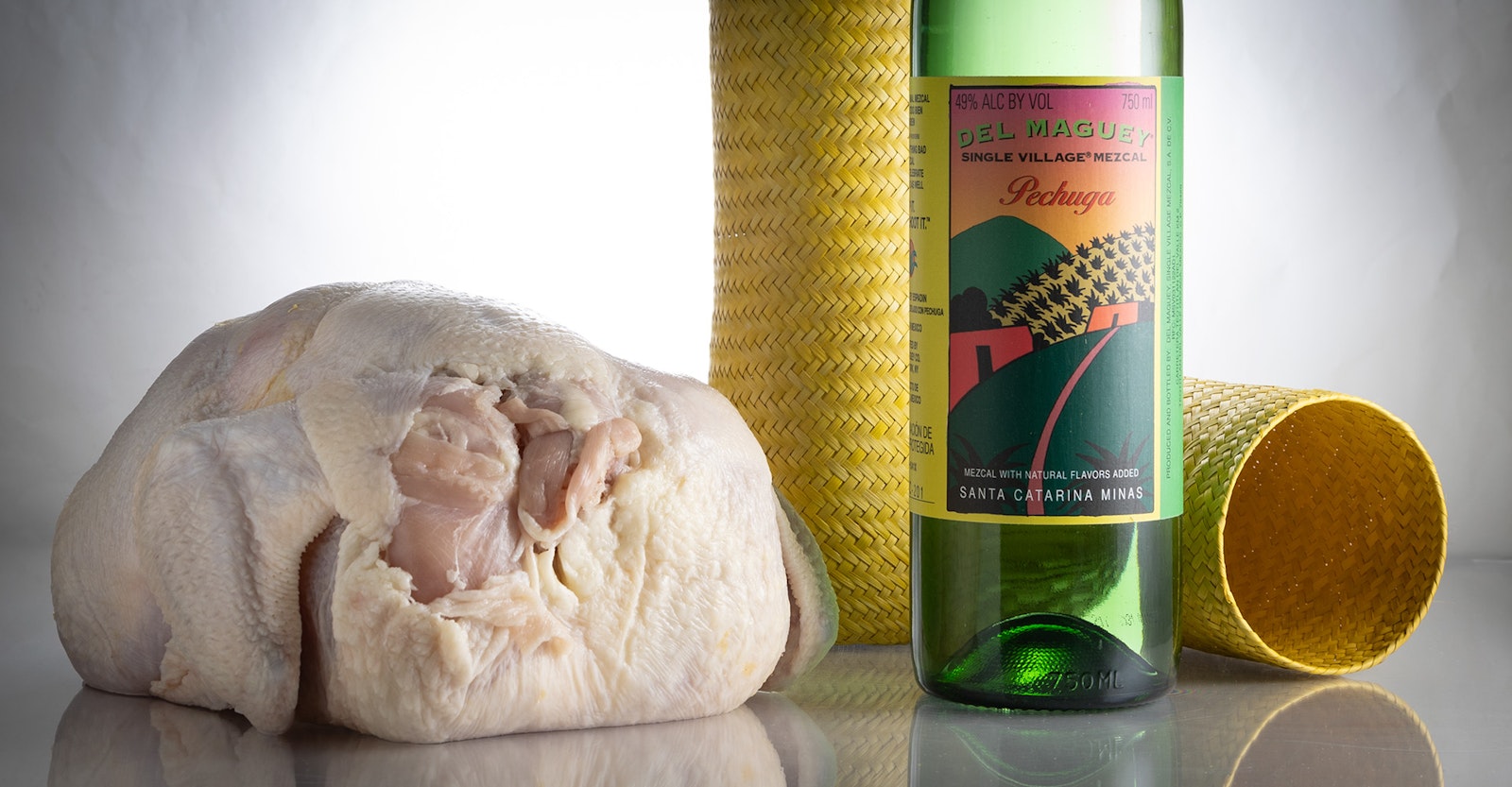Subscriber Exclusive
Mezcal de Pechuga: It’s a Meaty Mystery
Step aside beer-can chicken. Poultry is the special ingredient that lends a subtle touch to a traditional, distinctly flavorful, small-batch variety of mezcal—the problem is, nobody seems to know why.
Step aside beer-can chicken. Poultry is the special ingredient that lends a subtle touch to a traditional, distinctly flavorful, small-batch variety of mezcal—the problem is, nobody seems to know why. <a href="https://spiritsanddistilling.com/mezcal-de-pechuga-it-s-a-meaty-mystery/">Continue reading.</a>
https://www.datocms-assets.com/105001/1706744755-pechuga-jamiebogner-2383.jpg?auto=format&w=900
@ 2024 Craft Spirits & Distilling
American drinkers have become familiar with mezcal, at least in name—and in its relationship to tequila, another agave spirit distilled in Mexico that falls under mezcal’s umbrella. Yet they’re still largely unaware of one of its most interesting subcategories: mezcal de pechuga.
While articles discussing this unusual spirit have popped up sporadically over the past decade or so, most liquor stores typically don’t stock it. There’s no mystery as to why: Productions of mezcal de pechuga tend to be small, and bottles—when they make it to the United States—tend to be expensive, sitting on the shelf somewhere between $100 and $300.
The Meat of It
Why is mezcal de pechuga so beguiling? At least in part, it’s the sheer oddity. Pechuga translates to breast, referring most often to chicken breast. In this case, it’s not just an amusing figure of speech. To make mezcal de pechuga, distillers suspend the raw protein—usually chicken or turkey—inside the still, above the liquid, during a second or third distillation.
SUBSCRIBER EXCLUSIVE
Access All of Spirits & Distilling
Subscribe today to access all of the in-depth distilling stories & advice you won't find anywhere else (including this article).
Devon Trevathan is a freelance trade writer as well as the cofounder and co-owner of Liba Spirits, a nomadic distilling company. She has held a variety of positions related to beverage alcohol: bartender, server, writer, brand ambassador, marketing consultant, tour guide, wine manager. Follow her on Instagram @devlovesbev for updates on the journey of owning a distilling company but mostly pictures of her dog Gilberto.

